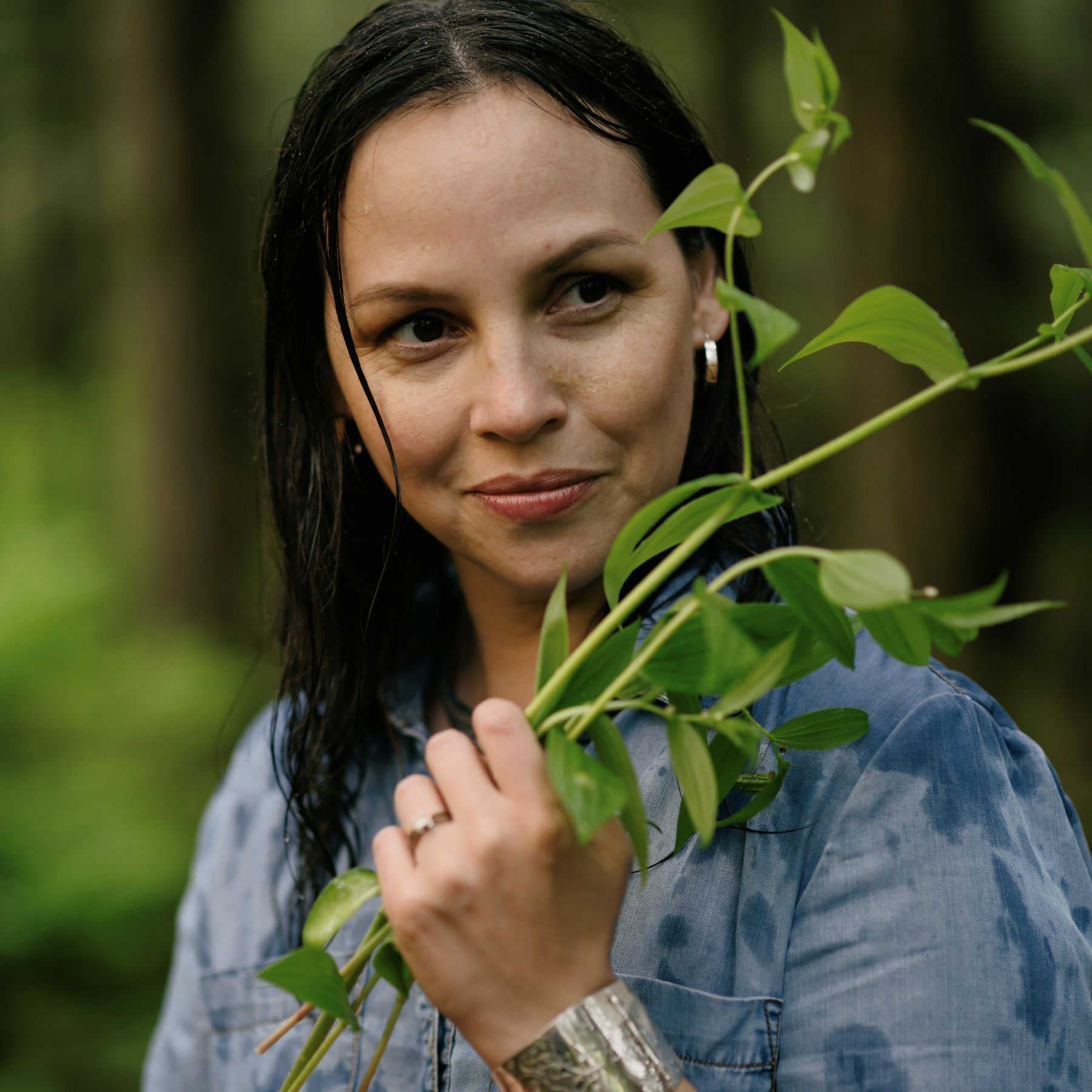Culturally responsible travelers enrich the Alaska experience for both visitors and residents. Throughout our history, Alaska Native tribes have faced significant challenges, including hardships, racism, and devastation at the hands of early explorers. To heal and move forward, we offer insights on how to be mindful of this complex past while appreciating our diverse and vibrant cultures.
Being a culturally responsible traveler goes beyond simply sightseeing; it's about engaging with our people and respecting our home. Here are some practical ways to implement this approach during your Alaska adventure:
Acknowledge Our Diversity:
Alaska boasts over 200 distinct tribes, each with their own unique language, traditions, and cultural identity. Recognizing this diversity and using the correct terminology demonstrates respect for our individual identities. When encountering individuals or communities, avoid generalities like "Eskimo" or "Native American," which can be insensitive and inaccurate. We are Tlingit, Haida, Tsimshian, Eyak, Athabascan, Yup’ik, Cup’ik, Alutiiq (Unangax and Sugpiaq), Iñupiaq, and St. Lawrence Island Yupik.
Taking the time to learn about the specific tribes present in the region you're visiting demonstrates genuine interest and appreciation.

Embrace Curiosity:
It's natural to be curious about unfamiliar cultures and traditions. We encourage your curiosity! If you're unsure of how to pronounce an Indigenous word or are unfamiliar with our protocols, simply ask. We're more than happy to help navigate any questions or uncertainties you may have. However, remember to approach your questions with respect and avoid asking intrusive or disrespectful inquiries.

Respect Our Elders:
In our cultures, Elders hold a position of immense respect and wisdom. They are considered keepers of tradition and storytellers who connect communities to their past. We kindly ask visitors to show them the same honor by offering them priority in lines or when receiving food, giving up your seat if needed, listening attentively when they speak, and avoiding correcting or interrupting them. This simple act of respect demonstrates your understanding of the importance of Elders in our communities.

Respect All Things:
While your enjoyment is our priority, respect for our culture extends beyond the human element. In our traditions, we view the natural world as interconnected and alive. This respect encompasses wildlife, flora, and all objects, from the towering totem poles to the seemingly insignificant pebbles on the beach. Be mindful of your impact on the environment and avoid littering, disturbing wildlife, or damaging natural features. Remember, we are all guests on this shared land, and responsible stewardship is essential for preserving its beauty and cultural significance.

Treat Sacred Sites and Objects with Reverence:
Certain elements like tribal names, specific designs, songs, and regalia hold deep spiritual significance for Alaska Native communities. Engaging with them without permission or understanding can be disrespectful. If you're interested in learning more about these elements, visit cultural centers, museums, or seek guidance from trusted individuals within the communities themselves. They can offer valuable insights and ensure your engagement is respectful and culturally appropriate. Remember, even seemingly harmless actions like climbing on totem poles are disrespectful and should be avoided.

Wait for an Invitation:
In Alaska Native traditions, waiting for permission before entering and participating is highly valued. This extends to both physical spaces and cultural activities. Even local businesses prioritize this respect, like Alaska Dream Cruises, who only enter villages upon receiving an invitation. This practice sets an excellent example of respecting cultural protocols on a larger scale. However, if you're ever fortunate enough to be invited to join in a cultural song or dance, embrace the opportunity to experience and celebrate these traditions firsthand. Remember, participation is an act of respect and appreciation, so approach it with humility and a willingness to learn.

Shift the Focus From Taking to Experiencing:
Create lasting memories by immersing yourself in meaningful cultural experiences, while being mindful of what should be left behind. Wildlife products like eagle feathers, walrus tusks, and claws are legally protected and reserved for Indigenous peoples. These items hold deep cultural significance and are often used for ceremonial purposes or as part of traditional subsistence practices. Taking such items is not only disrespectful but can also result in hefty fines and even time in jail.
For authentic souvenirs, explore the vibrant array of locally-owned shops offering Alaska Native art. Look for the "Made in Alaska" emblem, which signifies that the artwork was created with respect for cultural protocols and supports local artists. However, remember that owning an object doesn't grant you the right to use or display it in a disrespectful manner.

Building Bridges and Fostering Understanding:
Culturally responsible travel goes beyond following a set of rules; it's about creating meaningful connections and fostering mutual understanding. Engage in conversations with locals, learn a few basic phrases in the Indigenous language of the region, and support local businesses and initiatives. These acts, however small, contribute to building bridges between cultures and creating a more welcoming and inclusive environment for all.
By embracing these principles, you can contribute to a positive and respectful exchange with our diverse Alaska cultures and contribute to a more enriching experience for everyone involved. Remember, travel can be a powerful tool for fostering understanding when done so with sensitivity.


New! Alaska Native Culture Guide
Immerse yourself in Alaska Native heritage and learn how to experience the living culture of the state's Indigenous peoples.



